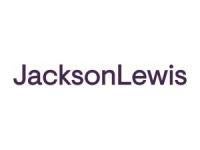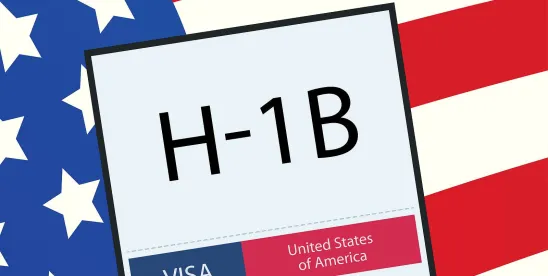The H-1B cap season for Fiscal Year 2026 is quickly approaching. USCIS announced on Feb. 5, 2025, that the registration period for FY 2026 will open at noon (EST) on Friday, March 7, 2025, and close at noon (EST) on Monday, March 24, 2025, and that the registration fee will go up significantly. Employers should begin evaluating their hiring needs and decide if they plan to sponsor foreign workers for H-1B classification this year.
H-1B Cap Registration Process
During the H-1B cap registration period, prospective petitioners and their representatives must use a USCIS online account to electronically register each beneficiary for the selection process and pay the associated registration fee. This year, the FY 2026 H-1B cap registration fee will increase from $10 to $215 per registration.
The H-1B visa is intended for foreign workers in specialty occupations — jobs that require at least a bachelor’s degree (or equivalent) in a specific field. Examples of specialty occupations include careers in architecture, engineering, medicine and health, accounting, and law. Additionally, H-1B beneficiaries must possess the necessary educational credentials for the position.
Eligible H-1B beneficiaries may include recent foreign student graduates present in the United States in F-1 student status and any other foreign professional whether in the United States or abroad.
H-1B Visa Caps
The a statutory cap is 65,000 H-1B visas (regular cap), with an additional 20,000 visas for foreign professionals with an advanced degree from a U.S. academic institution (master’s cap). If USCIS receives more registrations than H-1B visa numbers available, it conducts a random lottery to select the registrants who may be the beneficiary of an H-1B petition. Those selected are notified and provided instructions on where and when to file the H-1B petition. The employer then may file an H-1B petition for each selected worker.
The earliest possible date to request H-1B status in the petition is Oct. 1, 2025, which is the start of federal FY 2026.
Continued Beneficiary-Centric Selection Process
This year, USCIS will continue its beneficiary-centric selection process introduced last year. This approach has helped reduce attempts to gain an unfair advantage in the system and minimized duplicate registrations on behalf of beneficiaries, improving the overall registration and selection process.
- In FY 2023, USCIS received 483,927 H-1B registrations, including 165,180 registrations for beneficiaries with multiple entries.
- In FY 2024, the number of registrations surged to 780,884, with 408,891 multiple registrations.
- In FY 2025, USCIS received 479,953 H-1B registrations, with 47,314 instances of multiple registrations, significantly lower than the previous year.
Preparing for Filing Season
Employers should start preparing for the upcoming H-1B cap filing season by identifying potential candidates for H-1B classification, drafting job descriptions, and determining salary offerings. Taking these steps now will allow for a timely review of each candidate’s eligibility and ensure they are registered within the designated timeframe.
H-1B Modernization Rule
The H-1B Modernization Rule, implemented on Jan. 17, 2025, is still in effect. Introduced under the Biden Administration, the rule offers greater flexibility for employers and foreign workers by modernizing the criteria for specialty occupations, expanding the definition of nonprofit and government research organizations for H-1B cap exemption purposes, and extending the cap-gap period for F-1 visa holders. Even though one of President Donald Trump’s executive orders revoked 78 Biden executive orders, a reversal of this rule would require a formal rulemaking process because this rule was codified in the Code of Federal Regulations. A reversal of the H-1B Modernization Rule, if and when a formal rulemaking process is completed, would be expected to: (1) re-define specialty occupation; (2) increase wage requirements; (3) prioritize H-1B cap registration based on compensation levels; and (4) eliminate deference.





 />i
/>i
